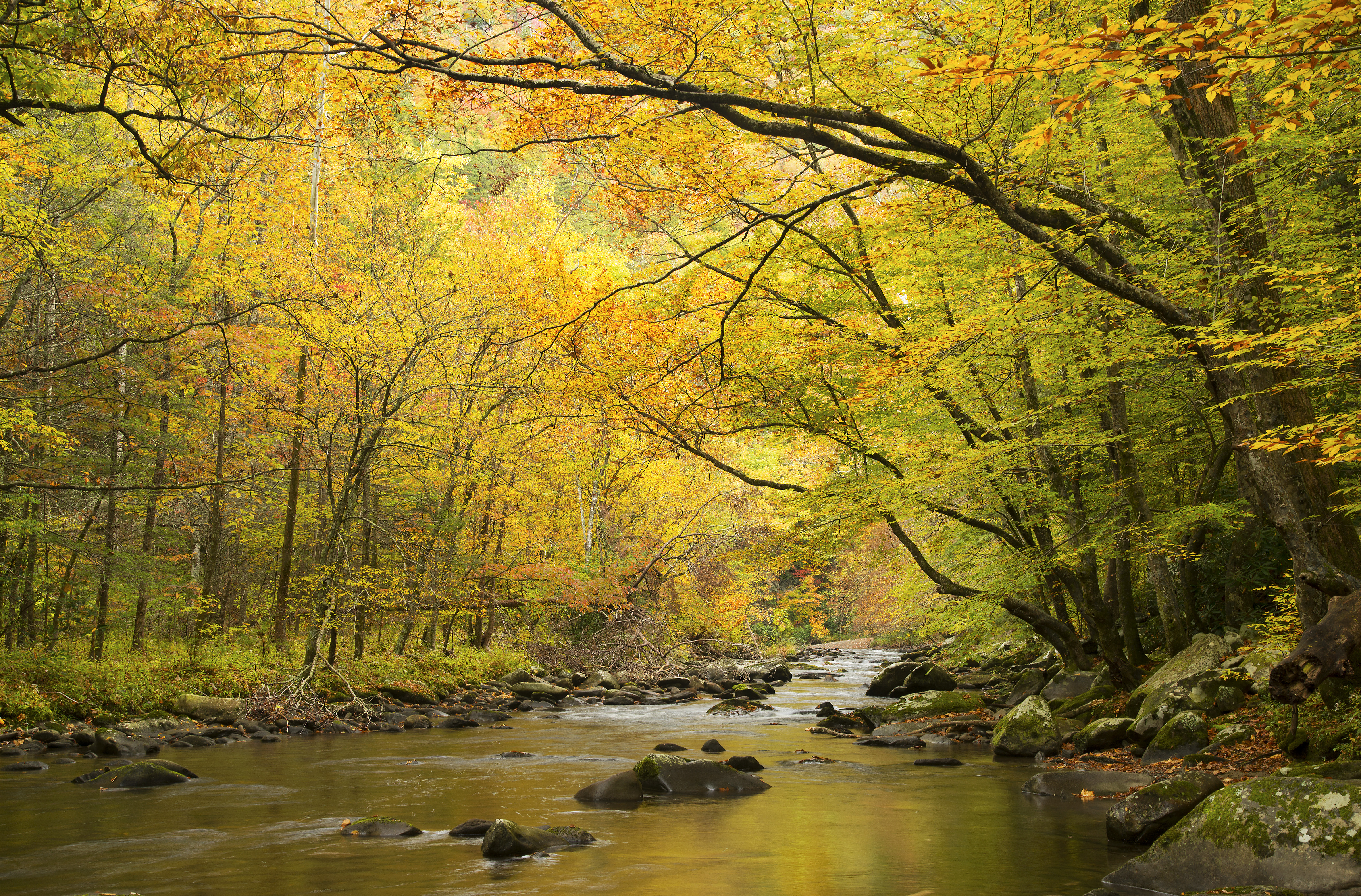
Learn More About Paul Schiller, the Photographer Whose Work Appears on this Site

Paul Schiller
(Photographer)
What drives a man to traverse the country to take photos of the beauty found in nature? All but just a few photos on Hope Has Arrived come from fine art photographer Paul Schiller.
Specializing in outdoor landscapes and macro photography, Paul Schiller’s work hangs in many health centers coast to coast.
We are pleased to feature his photography on this website, as his images of natural surroundings help bring a sense of hope, calm and peace to the visitor.
Before focusing on photography, Paul cofounded several businesses in South Dakota. In 2025, Paul Schiller received a Governor’s Award for Outstanding Support of the Arts by an Individual.
We recently sat down with Paul Schiller to ask him more about his work.
Q: Your photography is greatly influenced by nature and the outdoors. How did you discover that focus?
I love what nature can provide. First of all, it’s free and I don’t have to worry about releases on people. I can truly capture what I want when I want it. I want to help people see the beauty that is all around them.
I work in two realms: one is macro photography, nature up close. And the other is panoramic landscape, or the big expanses. I tell people I work in the extremes, and then I let everyone else have the middle.
Q: How did you get connected with the health world?
Several years ago, I was approached about creating some work for a behavioral health center. Then I did some work for a hospice and then eventually some cancer centers. About eight or nine years ago, I was part of an art committee to select the work when they built a new cancer center in Sioux Falls, South Dakota.
Q: How has your work helped people in these facilities?
I work really hard at imaging that has water and reflection in it because it adds a calming aspect. The people in these facilities are often going through a horrendous healing process. They need something positive in their life. My desire is that when they see the beauty and the uniqueness in these scenes that it helps transform their attitudes so they say, “I can do this. I can endure this.”
And it’s not only for the patients, but the patient’s families and friends that are going through a similar experience…they all need something for their pain, as do the medical professionals who are administering the care.
Q: Have you heard any feedback from patients?
I’ve had people call me, email me and thank me for my images and how positive it was for them and how it helped their family get through a crisis, including people facing cancer. I’ve also had situations in orthopedic centers where the images become goals for a patient during therapy. A patient says, “I’m going to walk to the lake.” It becomes functional as well as inspirational. When I hear these stories, it helps motivate me.
Q: Do you have any family or friends (besides the interviewer) who has faced cancer? How has this influenced your work?
Cancer is so prevalent today that you can’t help but overlap with it. My brother recently went through prostate cancer. He got a clean bill of health recently, but it was a real scare for him and our family. And there are a lot of aspects of cancer that don’t go away for a long while.
Q: What has photographing nature taught you about hope?
There is no question in my mind there is a higher power. I witness it every time I look through the lens. It opens your eyes and reaffirms everything about what is great in this world, and what has been created. This world has these incredible gifts and they are free.
Q: You created a special series for people facing cancer called, “Tranquility and Calm.” Can you tell us more about this?
I did this series in collaboration with several other artists, including photographers and painters. We featured big cloudscapes and reflective waters as well as seasonal illustrations, blossoms in the spring, nurturing growth in the summer, changing color in the fall and then how the landscape prepares itself for winter.
We wanted our work to help people realize that they are going through a transition in their lives. Initially, they transition from being healthy to facing cancer. And then, hopefully they experience the transition to being healthy again.
Q: Any images that are your favorite?
My favorite images change based on what is going through my life, what I’m feeling or experiencing. But typically, I love images with unique lighting and composition, or ones that bring a new perspective to common things.
My images hopefully create an emotion. I want to help people see this beauty that’s all around us, that is depicted in these images. To help them to find a sense of good. To help them find hope.
To see one of our favorite photos of Paul Schiller, see this page.
To see a gallery of Paul Schiller’s work, visit www.actsofnature.com
More help on your journey, see Finding Hope.
